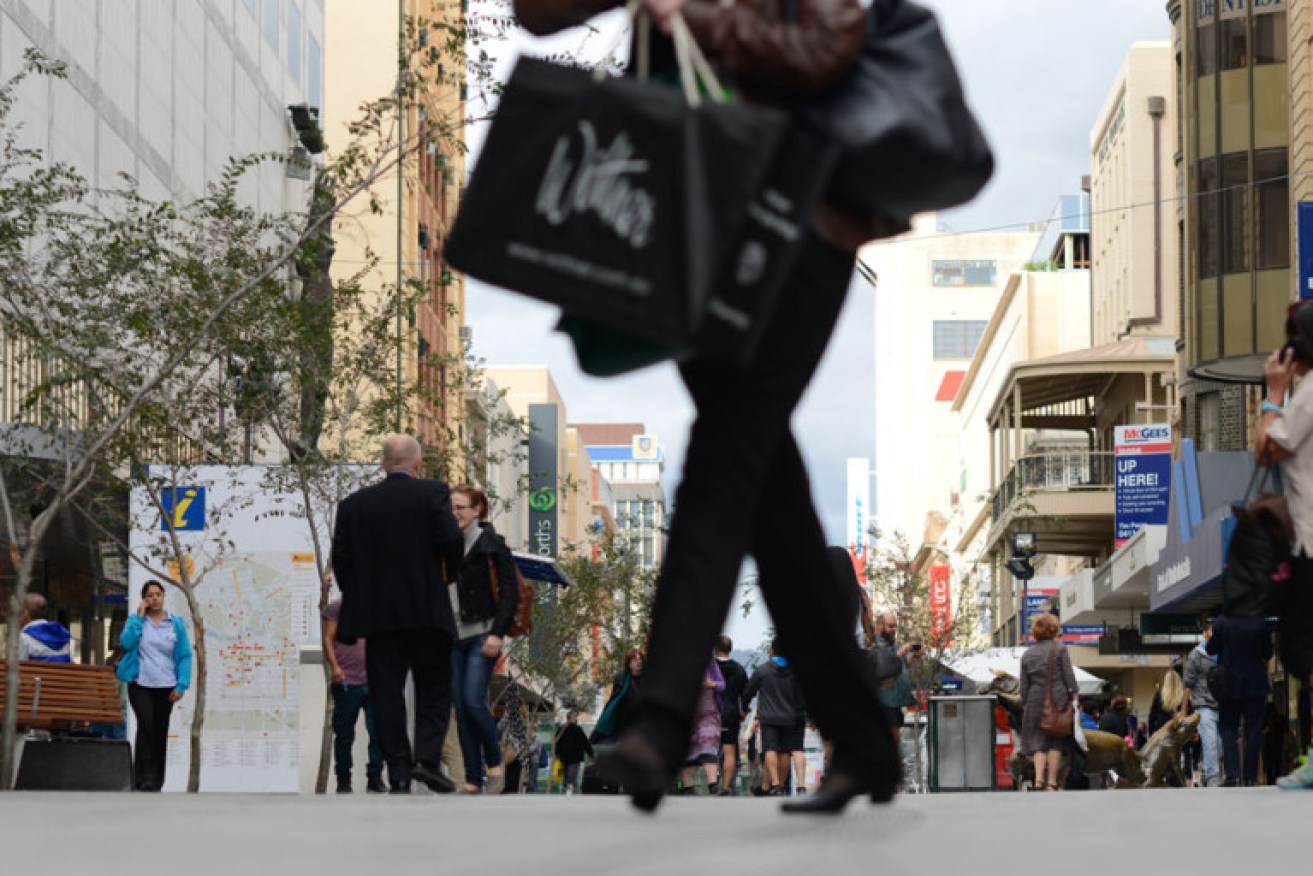SA economy could take years to recover from virus
The South Australian and national economies will take years to return to full output and employment following the COVID-19 pandemic, according to a University of Adelaide report.


Released on Friday, the university’s SA Centre for Economic Studies report forecasts unemployment in the state to rise to 10 per cent by June 2021 and remain high into 2022.
It also found that economic output will not recover for a year or more and high household debt will hold back consumption.
However, the Economic Briefing Report, which will be shared to SA business leaders via a virtual presentation today, found silver linings in the state’s mining and agricultural sectors, which had so far remained productive through the coronavirus pandemic.
“The SA economy has followed the global and national economies into a sharp recession,” South Australian Centre for Economic Studies deputy director Steve Whetton said.
“The COVID-19 pandemic has brought about unprecedented changes in household and organisational behaviour, social distancing, and severe operating and travel restrictions.
“Beyond the direct impact of lockdown measures on non-essential activities and sectors that rely heavily on social consumption, weaker overseas and interstate demand and supply chain interruptions have negatively impacted economic activity in South Australia.”
The SA labour market has been severely affected by the pandemic. The state’s unemployment rate reached 8.8 per cent in June – the worst in Australia – before easing to 7.9 per cent in July.
“But there has not been a one-for-one flow from lower employment to higher unemployment due to a larger than normal number of people being classified as leaving the workforce over this period,” Whetton said.
“As could be expected, some displaced workers did not actively look for work while their normal workplaces were temporarily shut down and consequently they are not recorded as unemployed.”
The SACES report says employment is one of the last areas to recover in a recession and predicts the unemployment rate in the state to climb to 10 per cent in June 2021, before easing only slightly to 9.5 per cent in June 2022.
Whetton said the sharp contraction in output and incomes in the June quarter will not be entirely reversed for several quarters at least.
He said this meant that many businesses and some parts of the community will have to adjust to lower incomes for an extended period and governments would need to ensure that the burden was shared.
“The direct impact of COVID-19 on their balance sheets coupled with greater uncertainty regarding future earnings prospects has also caused businesses to cut back their investment plans and households to cut back spending.”
There are a few bright spots amid the gloom. Mining activity has been fairly resilient so far and the outlook for the farm sector’s winter crop this year is better than 2019.
However, SACES economists do not expect a rapid ‘V’ shaped economic recovery. Instead, they expect a prolonged weakness in the labour market and household incomes that will dampen the pace of recovery and income growth that had already been slow before COVID-19.
“At the national level, the short-term outlook has deteriorated significantly with the renewed wave of COVID in Victoria. This will depress demand and supply still further,” Whetton said.
“The domestic economy has been subdued for several years and average debt levels are high, so households have less capacity to restart their consumption than after previous recessions.
“In addition, while some businesses have prospered through the pandemic most have not. Many small businesses have depleted their financial reserves while getting through the closures and then funding the recommencement of operations.”
According to the report, South Australia can expect substantial output losses over the next year and longer due to the combined impacts of restrictions, bankruptcies, unemployment and weaker external demand.
“The state economy was already on a slow growth trajectory prior to the arrival of COVID-19. Taking into account COVID’s impact we expect that gross state product will fall by 4 per cent in 2020/21,” Whetton said.
“There are however great uncertainties around this, and much depends on whether or not the virus can continue to be suppressed to low levels in South Australia.”




